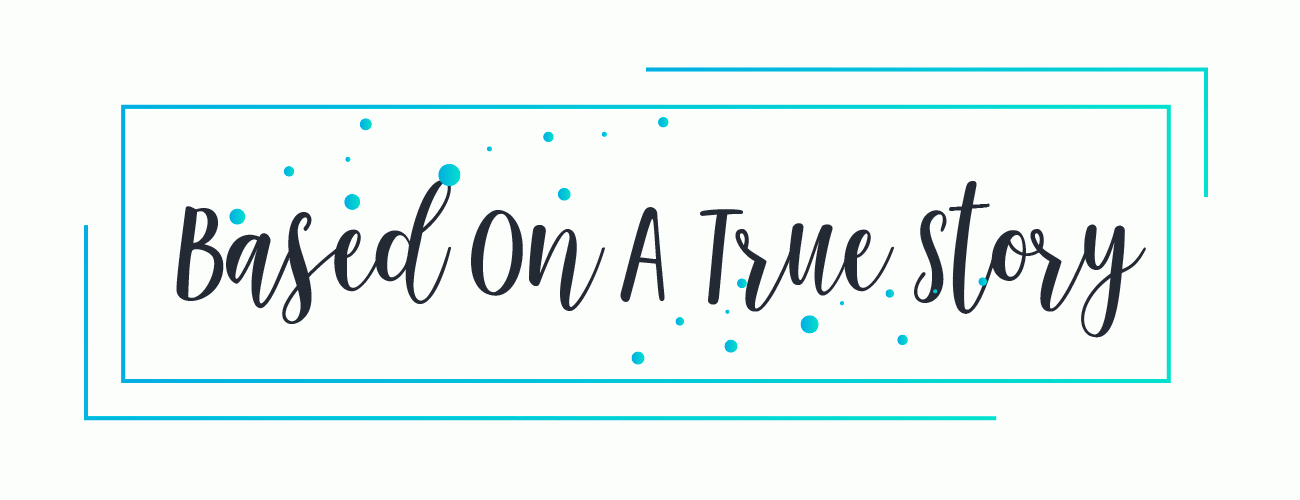 The Science of Fear: Why We Fear the Things We Shouldn’t–and Put Ourselves in Greater Danger by Dan Gardner
The Science of Fear: Why We Fear the Things We Shouldn’t–and Put Ourselves in Greater Danger by Dan Gardner
My rating: 3 of 5 stars (audio)
How did a nation who prided themselves on “The only thing we have to fear is fear itself” become a nation of people who are afraid of their own shadows even though we are safer than ever before in history?
The book handles the question of fear is three sections. First is the neuroscience of how the body reacts to fear and how the body learns to continue to react to fearful stimuli. Then media depictions of scary and highly unusual events is discussed. Round the clock coverage of a few deaths under extraordinarily unlikely circumstances makes people believe that these events happen commonly. The third component is the marketing of fear by companies and governments for their own gain.
While listening to this book I just wanted to smack people and tell them to use their brains. I’m not a worrier. I don’t really understand people who are afraid of everything and worse – people who teach their kids to be afraid of everything. I’ve had that problem with Z. She thinks that she will be kidnapped if she isn’t with an adult at all times. I informed her that she is the singularly most violent person I’ve ever met and that if she is kidnapped in a few hours her meds will wear off. At that point she should just do whatever her brain tells her to do. The kidnappers will be offering to pay us to take her back. Knowing that actually seemed to help her decrease her fear.
 Blue Latitudes: Boldly Going Where Captain Cook Has Gone Before by Tony Horwitz
Blue Latitudes: Boldly Going Where Captain Cook Has Gone Before by Tony Horwitz
My rating: 4 of 5 stars
James Cook made three voyages from England to the Pacific Ocean. He was the first Englishman to find Tahiti, New Zealand, Australia, Antarctica, and Hawaii among other islands. He was a hero in England. The mission of his third voyage was to find the Northwest Passage above Canada from the Pacific side. After a rough summer in the Arctic, he headed to Hawaii to winter. He was killed there during a fight over a boat stolen by the natives.
Tony Horwitz retraces Cook’s voyages. He sails on a replica of Cook’s ship briefly. He visits the islands that Cook opened to Western influences and discusses the repercussions. He follows him to New Zealand and goes to Cook festivals in Australia and England. He sails in the Bering Sea and finishes in Hawaii on the anniversary of Cook’s death.
Usually when I read books about travel I want to go everywhere they go. This is the only book I’ve read that makes me want to avoid places. Tahiti – no thanks. Aleutians – right out. I’m still ok with New Zealand. I was in Hawaii near the bay where Cook was killed this summer. I can’t find my pictures of the bay but it is a beautiful place. I can see why he’d want to hang out there. Legend has it that his bones were taken to the Waipo Valley to be buried by the natives.
This is the Waipo Valley.
There are no roads. This is a view from the end of the road. No wonder the graves have never been found.
This book is funny. Horwitz travels with his hard-drinking Australian friend Roger. Most of their research is done under the influence in bars and at festivals.


Those books look interesting. Happy reading
These are the books we are reading this week.
Leydy @ OUaT & Redcarpetendings
I’ll be looking up The Science of Fear – looks great. A wonderful book about the negative effects of cotton wooling our kids is Free Range Kids by Lenore Skenazy – I recommend it to everyone!
You can check out my week here: http://kyliesreads.blogspot.com.au/2014/01/its-monday-what-are-you-reading.html
I love her Free Range Kids blog. I thought of that a lot when reading this book.
The books look great! Have a super week!